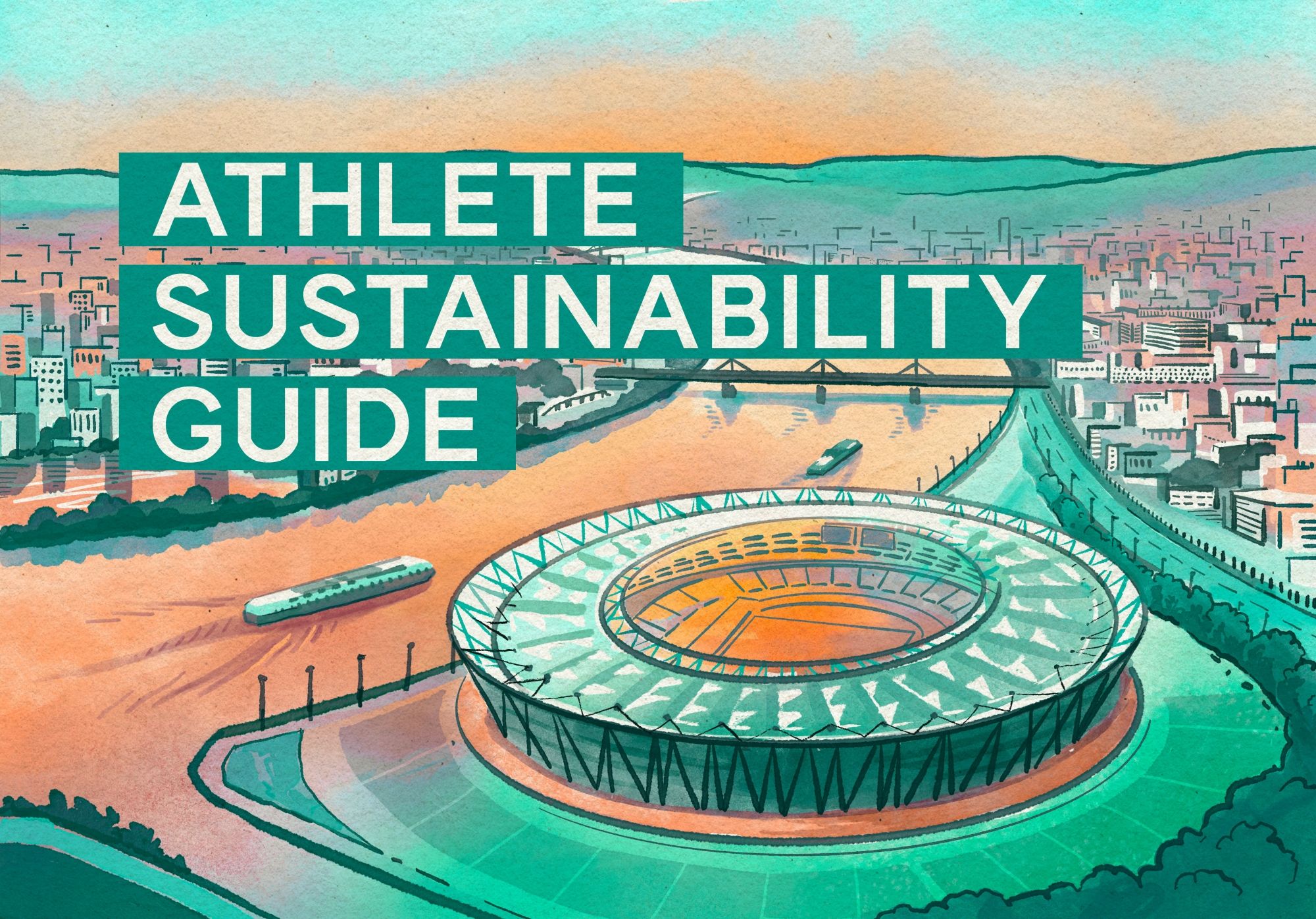
Ideas and solutions to help athletes tackle environmental challenges linked to the climate emergency
This guide is best viewed on this page.
Download the Budapest 2023 edition.
Last updated: 05 March 2024

Introduction
Our planet is in peril. Recent years have witnessed record-breaking heat waves, ravaging wildfires, "thousand year" floods and on-going droughts across all continents that have claimed thousands of lives, misplaced hundreds of thousands more and caused hundreds of billions of dollars in damage. The scientific community is unanimous - these weather events have all been supercharged by the impacts of climate change with human activity and our use of fossil fuels as the main driver.
We've seen the impacts in virtually all aspects of our day-to-day lives. And no, our sport, which relies on a clean and healthy environment, hasn't been spared.
Rising temperatures are impacting how and where we can exercise and train safely and when and where our events can take place. Extreme weather has damaged or destroyed venues. Poor air quality and smoke from wildfires has forced the cancellation of hundreds of events. From youth and community events to collegiate competitions and mass participation races, millions of athletes have already confronted some climate disruptions, and these will only magnify with time.
So what can athletes like you, who want to make a difference, do to help steer us back into the right direction?
We hope to begin answering that question with this guide, a collection of ideas and tips that help you live a more planet-friendly lifestyle and in turn, influence your colleagues and communities to do the same. We all know that small steps can lead to big changes in performance - that holds true off the track as well.
At World Athletics, we are committed to be part of the solution. At an increasing number of athletics events, you'll notice several initiatives that we, together with event organisers and local organising committees, are putting in place that will help reduce our events' impact on the environment, while improving its social impact. You can learn more about those in the guide, too.
Contents:
Sustainability at World Athletics
Athletes and the environment: 2022 survey results
Embedding Sustainability into athletics events
The United Nations Sport for Climate Action Framework

As athletes, we know that our performance on the track and field depends on a healthy environment. When the circumstances aren’t right, it’s evident in our game. Understanding the role of other living beings in shaping our environment can be a powerful motivator for us to take action and preserve it.
The statistics are alarming. Humans have already impacted 75% of the world’s land, leading to the loss of 84% of all wild mammals and half of all plants. This damage is a collective responsibility and we must all work together to reverse it.
A balanced diet is crucial for our athletic endeavours, but it’s essential to be aware of unintentional harm to animal species. Overfishing and illegal fishing are wreaking havoc on our oceans, causing significant habitat loss, for example. By choosing sustainably sourced seafood and embracing more plant-based foods, we can reduce the demand on the meat and fish industries and support the health of our oceans.
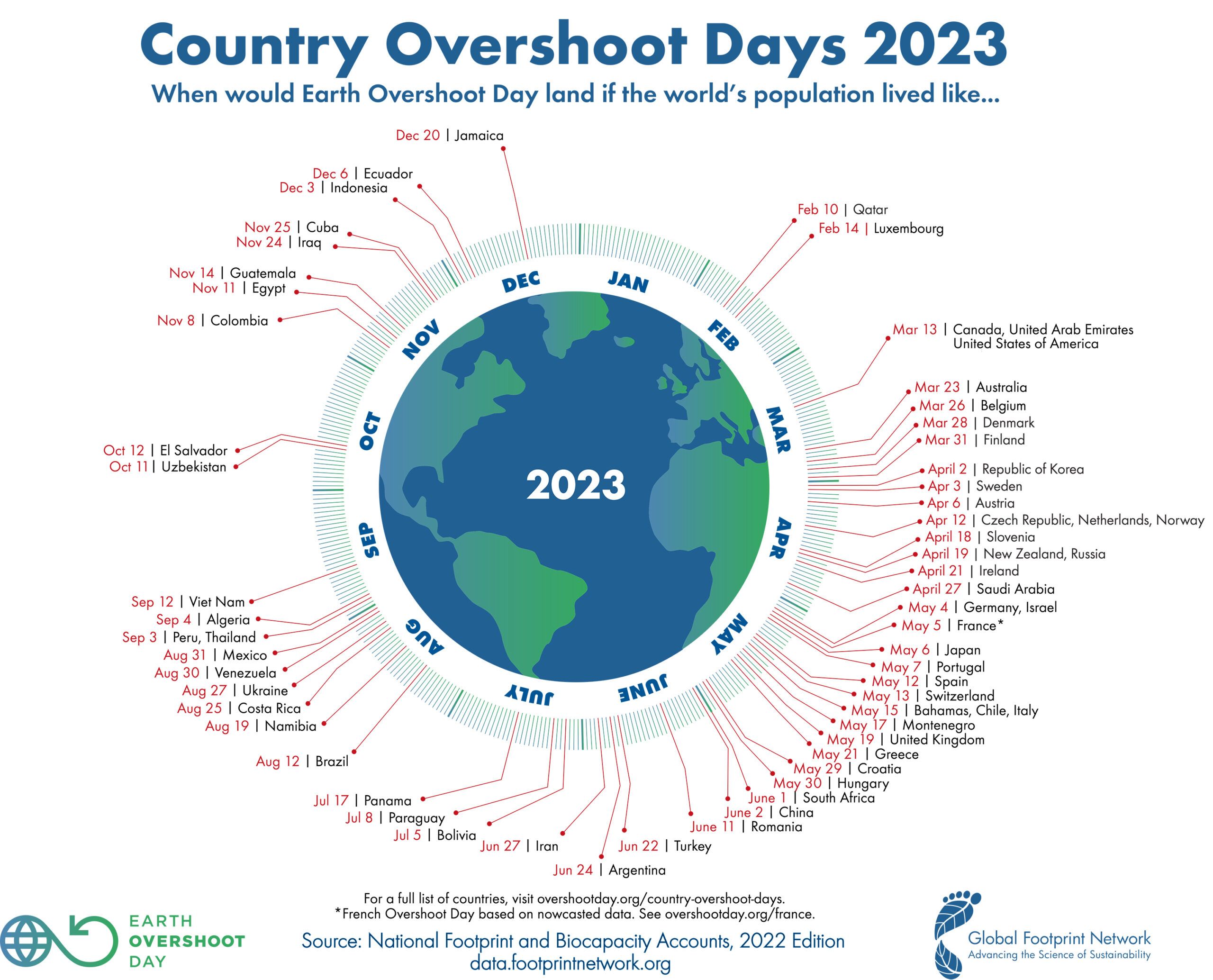
Whether we are training or performing, being mindful of our surroundings is vital. Cleaning up after ourselves and disposing of litter responsibly is essential to protect the surrounding ecosystem. A simple action like choosing a reusable water bottle can go a long way in preventing plastic pollution in rivers and oceans.
At home, consider growing plants and flowers that support pollinating insects. However, refrain from using pesticides or harmful chemicals that may end up affecting the crops we eat and the environment as a whole.
Joining a conservation organisation in our local neighbourhoods not only improves the natural environment where we live but also allows us to meet like-minded people while spending time outdoors. It complements our active lifestyles as athletes and may even introduce us to fellow athletes who are also passionate about preserving the environment.
Being mindful of our impact on the environment and taking conscious actions to protect it, we can be champions not only in sports but also in environmental stewardship. Together, let’s strive to create a sustainable and thriving planet for all living beings, including ourselves, to thrive and succeed.
“Athletics is a big community,” says Australia’s two-time javelin world champion, Kelsey-Lee Barber. “And as a community we have a duty to one another to help educate and take action on matters of environmental, social and economic sustainability.”


We need to be aware that air pollution affects nearly everyone globally. Shockingly, 99% of the world’s population breathes polluted air, surpassing the World Health Organization’s limits. Outdoor air pollution contributes to over four million deaths annually. Given our increased time spent outdoors and heightened air intake during training, athletes may be disproportionately affected.
We can take proactive steps to minimise the impact of air pollution on our health and performance. Monitoring local air quality through apps and websites helps us make informed decisions about outdoor activities. Choosing training venues away from high traffic areas and industrial zones reduces exposure to harmful pollutants. Additionally, wearing face masks or respirators specifically designed to filter out particles during outdoor training can safeguard our lungs.
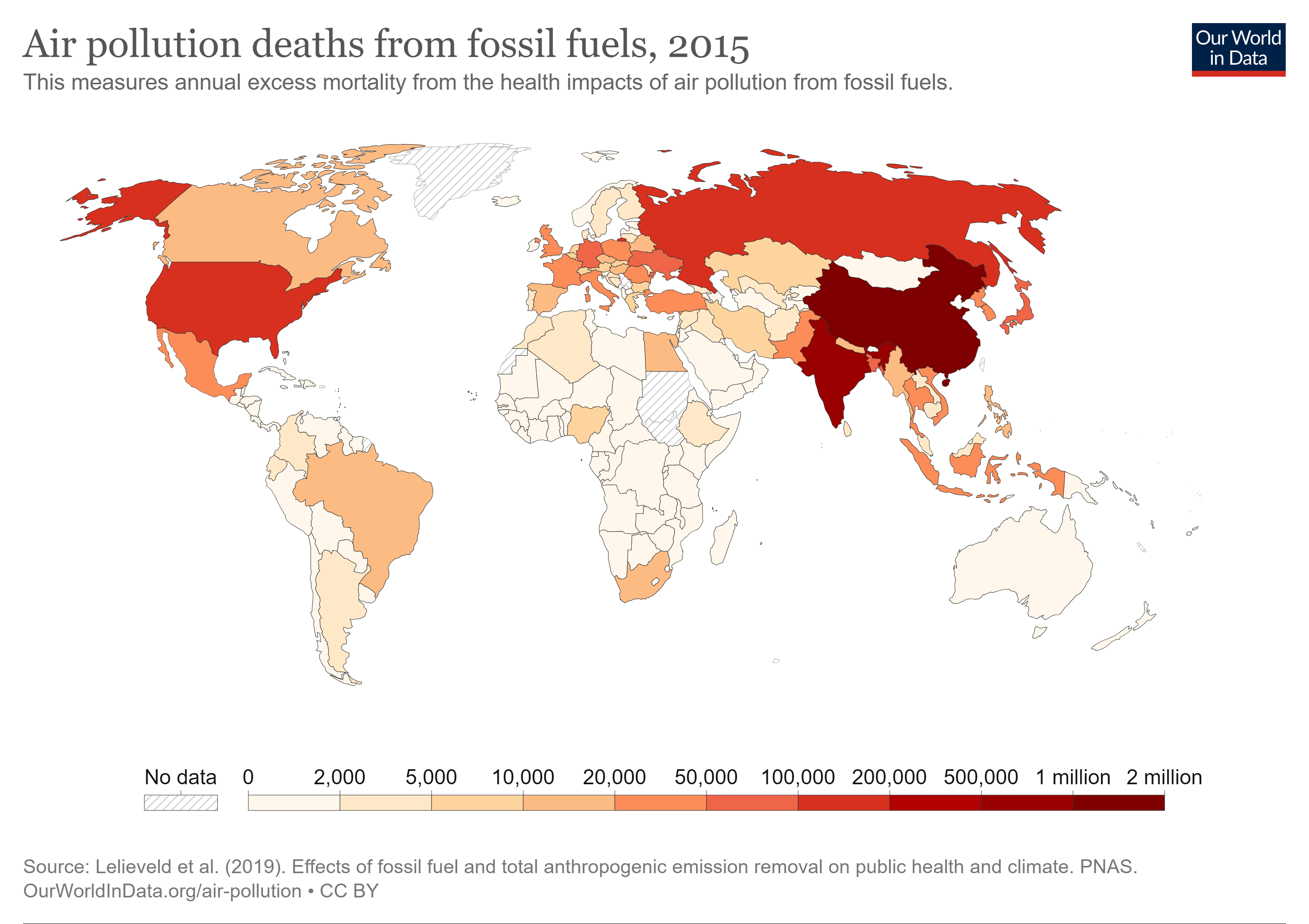
On days with poor air quality, modifying training intensity and considering indoor alternatives can protect our wellbeing. Adequate hydration and recovery practices also support our bodies in coping with pollution-related stress.
Beyond individual measures, athletes have the power to influence change. By advocating for cleaner air and supporting environmental initiatives like World Athletics’ Every Breath Counts campaign, we can contribute to reducing air pollution on a broader scale. Our collective efforts can raise awareness and inspire positive action towards cleaner air for everyone’s wellbeing.
“As athletes, with our training and competitions, we take in 10 times as much air when we run than when doing something else and so air pollution poses a threat to our health,” says Paula Radcliffe, the former British long-distance runner. “Until the next generation of athletes can run in clean air, I commit to help lead the fight against air pollution.”
In 2018, the World Athletics Health & Science Department launched its Air Quality project, part of a broad campaign to raise awareness about air pollution around the world and the impact it has on elite athletes and recreational runners. Across the globe, that means 1.4 billion people who run regularly and who are especially susceptible to risk from this silent killer that, according to the World Health Organisation, claims more than seven million lives annually.


The global average carbon footprint per person varies significantly by country, with more economically developed nations generally having higher footprints. A significant factor contributing to these footprints is the food we eat, making up a substantial portion of emissions. In the US, for example, food consumption accounts for up to 30% of an individual’s annual carbon footprint, primarily due to animal products like meat and dairy.
As athletes, protein derived from animal products often plays a significant role in our diets. Research shows that we tend to consume higher protein content than recommended, with 70% of it coming from animal sources. A life cycle assessment of an athlete diet by Dr. Alba Reguant-Closa and Dr. Nanna Meyer confirms that animal protein has the most substantial negative impact, especially during intense training days.
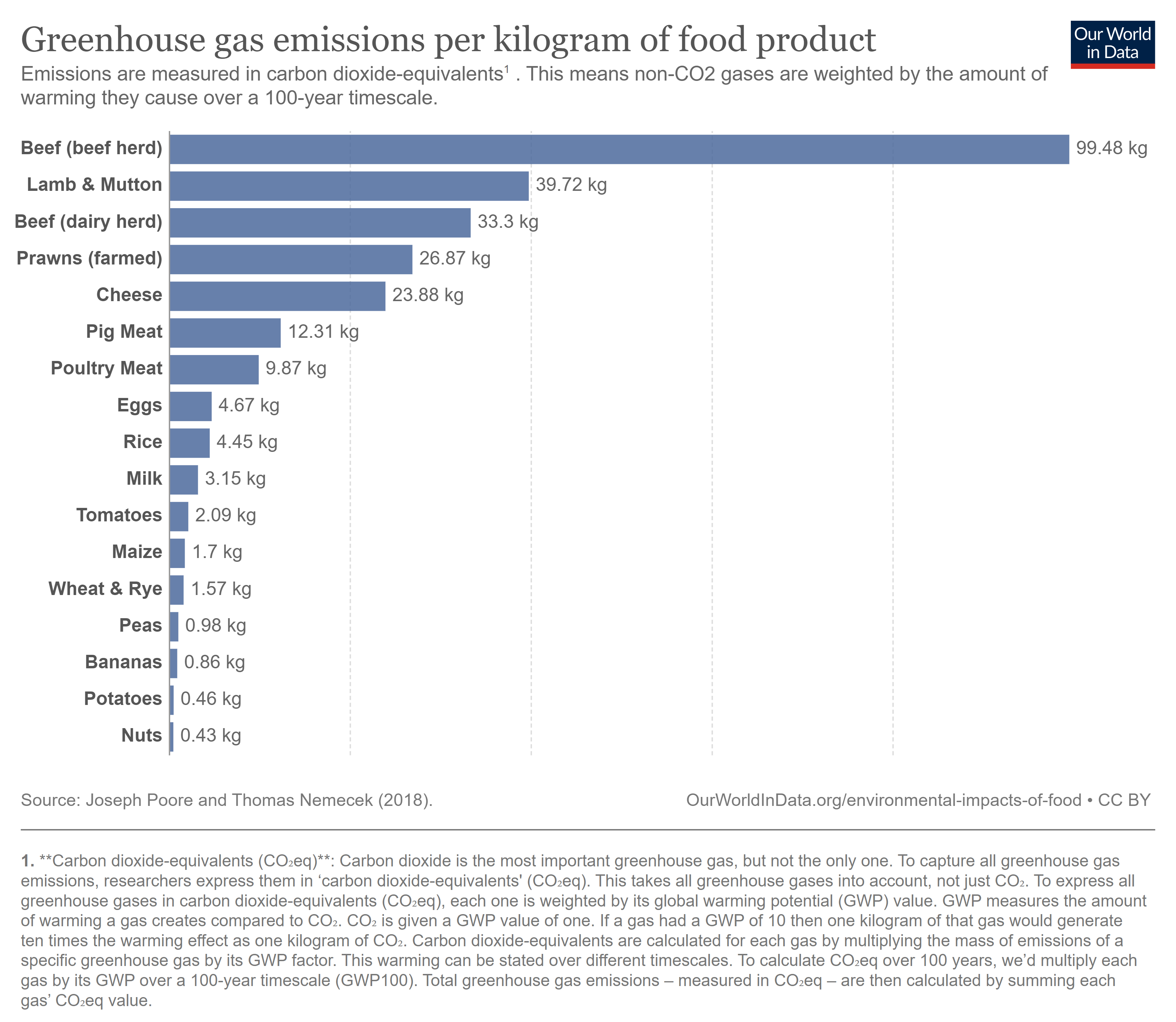
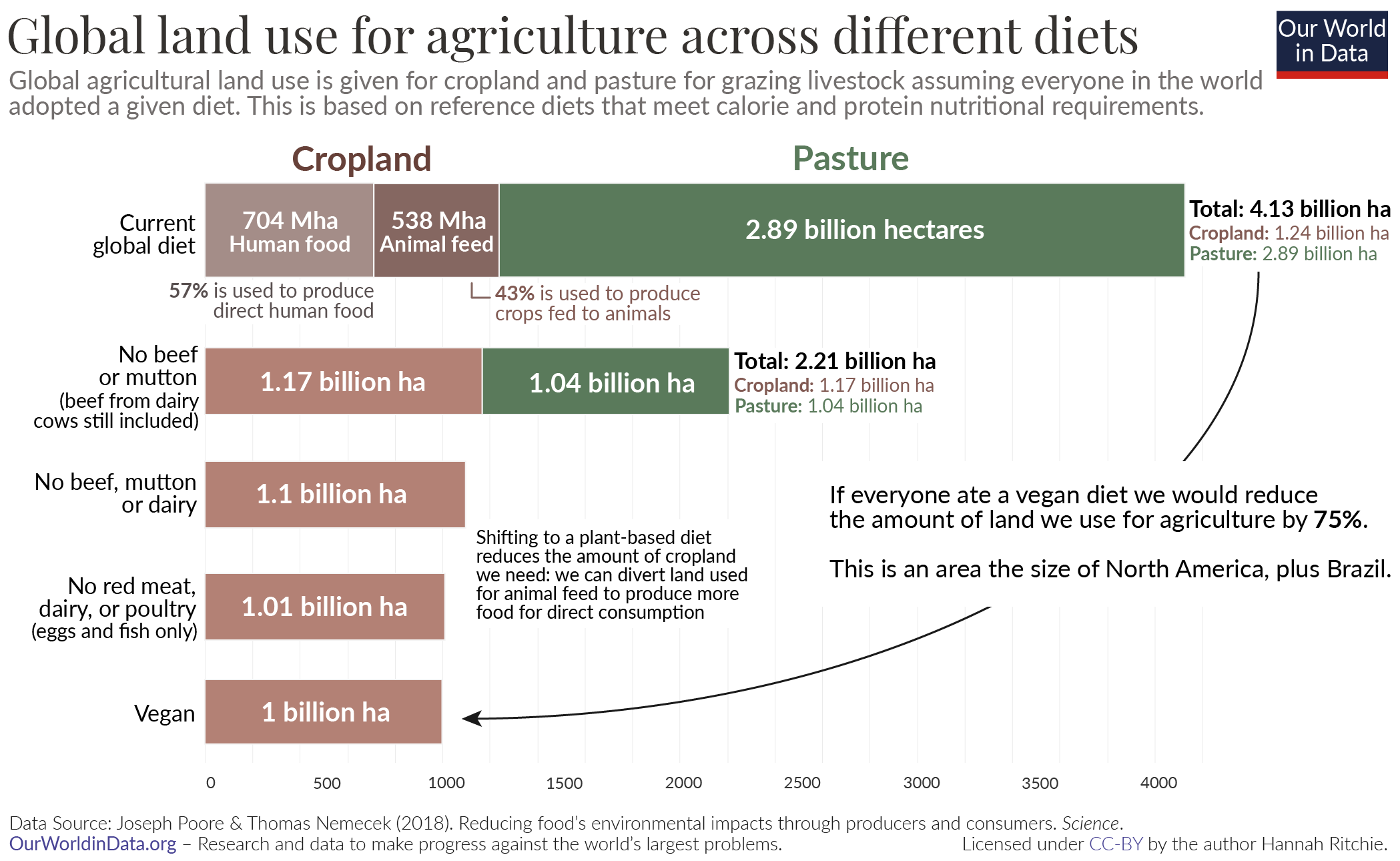
To reduce our environmental impact, adopting a plant-based or ‘flexitarian’ diet can be beneficial. This means minimising animal protein intake and incorporating more vegetables, grains and pulses into our meals. Additionally, we should consider the entire food production cycle, from sourcing to packaging and transportation. Choosing local and seasonal fruits and vegetables and reducing processed and canned foods can further decrease our carbon footprint.
Being ‘food literate’ is not just important for athletes; it’s a crucial aspect for our entourages, sports dieticians and sporting institutes too. When we understand sustainable food practices, we can make informed and environmentally friendly choices. By being well-versed in the impact of food choices on our planet, we can take proactive steps to reduce our carbon footprint and contribute to a more sustainable future.
"Sustainability is a shared responsibility,” says Swiss sprinter Ajla Del Ponte. “As athletes we have a privilege: we can use our voice to educate the people around us in sport, athletes and fans, and we can learn from each other.”


In our modern lives, indoor activities, whether at home or athletics arenas, rely heavily on energy consumption. The demand for energy has surged by nearly 50% since 1970, leading to significant waste and carbon impact. As Elena Vallortigara, the 2022 world bronze medallist high jumper from Italy, points out, “The life of an athlete is anything but moderate. “I think becoming more aware and paying more attention to our choices is very important.”
Although renewable energy sources are on the rise, non-renewable sources still dominate our energy mix. However, there are numerous simple and small steps we can take to reduce our energy consumption.
Whether it’s at home or in sports venues, turning off lights, appliances and unplugging chargers when not in use takes only a second but can lead to substantial energy savings.
Even after an intense athletic performance, opting for a shower instead of a bath and limiting showers to under five minutes can save significant water and energy. This helps tackle water scarcity and preserves precious wildlife habitats.
When washing our sports gear, waiting until we have a full load and using cold water maximises water usage efficiency, saves costs and reduces energy consumption. Whenever possible, air-drying laundry on a sunny day is not only eco-friendly but also better for the longevity of our gear.
Athletes in hot climates can create shade using plants and vegetation and use electric fans instead of air conditioning to minimise energy usage. On the other hand, those living in colder regions can stay warm by layering on clothing rather than cranking up the heat.
Considering installing a smart metre and thermostat can allow remote monitoring and control of energy use. Even adjusting the thermostat by a degree or two lower can make a significant difference in energy savings and costs.


Being mindful consumers when it comes to our sports equipment and everyday purchases is crucial as our choices can make an impact on the environment and society.
Look for gear made from recycled or renewable materials like bamboo or organic cotton. Virgin polyester, used in much of our performance sportswear, has a higher carbon footprint due to its production from non-renewable fossil fuels. Thankfully, more environmentally friendly options that maintain performance are becoming available, helping us to reduce our environmental impact.
Durability is a critical aspect of responsible consumerism for athletes. Choosing high-quality, long-lasting produce not only reduces waste but also enhances our performance on the track and field. By investing in gear that can withstand the demands of rigorous training and competitions, we minimise the need for frequent replacements. Being a smart consumer is about opting for equipment that truly goes the distance while enabling us to focus on our game.
Staying informed about sustainable technologies and materials is another step we can take. Engage in research, read product reviews and connect with like-minded athletes to share knowledge and experiences. Look for reputable eco-labels and certifications, signalling products with more sustainable practices, and be open to innovations and new ideas that promote sustainability.
By taking these steps we can become influential advocates for responsible choices, encouraging brands to prioritise environmental responsibility. We can also take these principles into our everyday consumer habits.
Sam Mattis, US discus throw champion, says: “I believe that the most important thing we can do is leave the world in a better place than we found it, and the better we treat our communities and our environment, the better we all do.”


Waste starts with what we consume – what we buy or don’t buy. It’s crucial to be mindful of our choices and follow the four Rs: Refuse, Reduce, Reuse and Recycle.
Refuse means saying ‘no’ to things we don’t need, like single-use plastic bottles. Instead, opt for reusable bottles to hydrate and reduce plastic waste. We can engage with our clubs, governing bodies and event organisers to promote sustainable practices.
Reducing involves purchasing less and considering alternatives. Before buying something new, we should ask ourselves if it’s truly necessary. Reusing means taking care of our existing items and using them for as long as possible. Do we really need new equipment for every event, or can we reuse items to save resources?
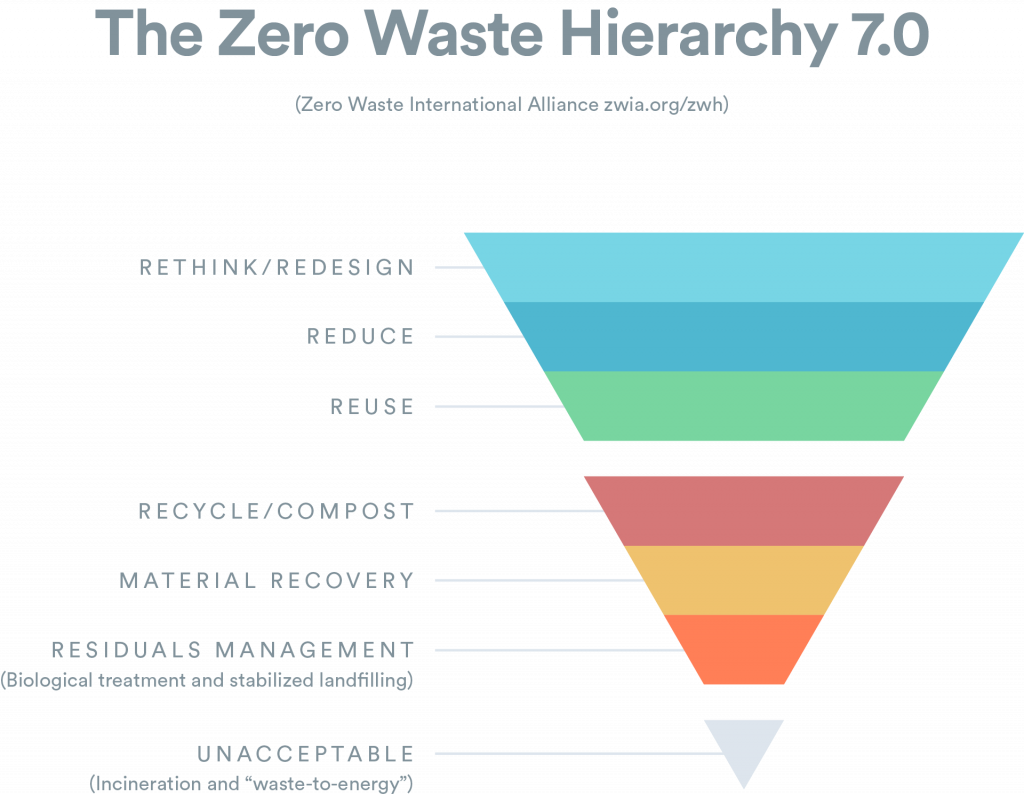
Finally, if we must buy something that won’t last forever, let’s find a new life for it somewhere else, keeping it in the system and out of landfill.
Globally, we generate over two billion tonnes of waste each year, and that could increase to 70% to 3.4 billion tonnes by 2050. That’s a serious problem for the planet and contributes significantly to carbon emissions.
Let’s be responsible consumers and make conscious choices to combat waste. By following the four Rs, we can reduce our environmental impact and champion sustainability both on and off the field.
“It’s critical for us to step up and have our voices heard and say what we think needs to be done and be part of the solutions,” says Eliza McCartney, 2016 Olympic pole vault bronze medallist for New Zealand.


The climate crisis may feel daunting, but as athletes, we possess the power to effect significant change through small, cumulative actions. A study by the Massachusetts Institute of Technology (MIT) has revealed that athletes hold considerable influence in the modern world. Let’s harness this influence to drive environmental action within our athletics clubs, venues and among fellow athletes and fans.
Our social media accounts provide a platform to inspire fans and followers to join us in making a difference. If our sponsors lack environmental policies, let’s engage with them, inquire about their stance and encourage fellow athletes to do the same. An excellent example of this was when leading athletes from around the world united on Earth Day in 2023, contributing to a video urging our peers to ‘Invest in Our Planet.’
In our personal lives, we can have conversations with our friends about environmental action and support political candidates committed to the same cause. Our financial choices matter too. Being conscious of how our money is invested through pensions or bank accounts can have a substantial impact. Opting for more sustainable and ethical options can support positive environmental initiatives.
When travelling to events, let’s be mindful of our choices. Whenever possible, let’s opt for alternative transportation instead of flying, pack light and use digital tickets to reduce paper waste. Embracing local and seasonal foods, walking, cycling or using public transport to get around and avoiding daily towel changes in hotels are simple but effective practices.
World Athletics is fully dedicated to sustainability, ensuring that the sport and its athletes align with principles of environmental responsibility. The Champions for a Better World programme, launched in 2022, exemplifies this commitment and, as athletes, we have a voice to provide ideas on how athletics can become more sustainable.
Let’s remember that every action counts. By coming together as athletes, we can be powerful advocates for positive change, both within our sport and beyond. It’s not about making grand gestures; it’s about taking consistent steps in the right direction.
Our collective efforts can create a more sustainable future for ourselves, future generations and the planet we call home. Let’s embrace the role of champions not only in our athletic pursuit but also in championing environmental stewardship.
“As athletes, we have the important mission of raising awareness about the need to take care of the environment, both at a social and economic level,” says Alison Dos Santos, Brazil’s 400m hurdles world champion in 2021 and Olympic bronze medallist. “We have a precious platform to speak to the people who follow the sport and raise awareness.”

World Athletics launched its Sustainability Strategy in April 2020, outlining a 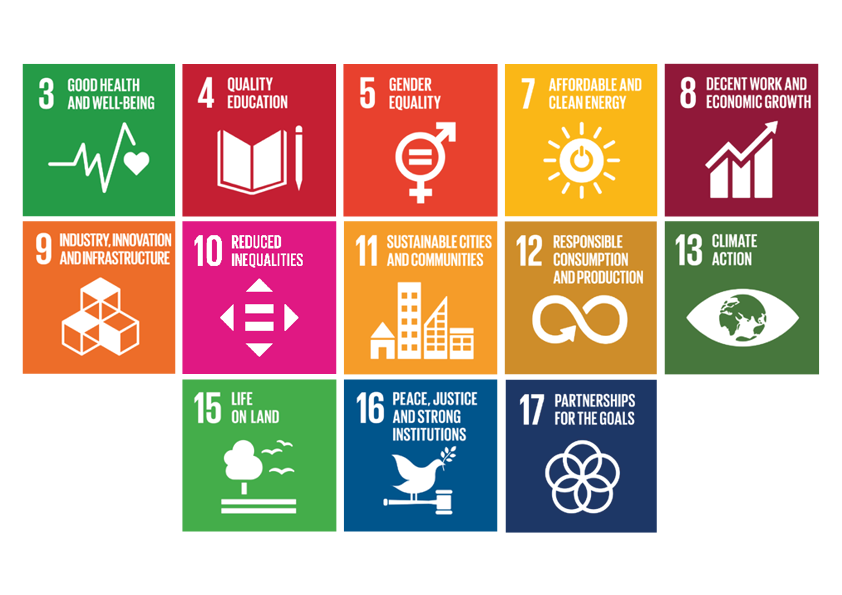 ten-year road map to achieve carbon neutrality in all its operations and owned events by 2030. The strategy addresses global issues that pose a threat to the quality of our lives, including climate change, air pollution and inequality, using the power of sport and athletics to create a better world for communities.
ten-year road map to achieve carbon neutrality in all its operations and owned events by 2030. The strategy addresses global issues that pose a threat to the quality of our lives, including climate change, air pollution and inequality, using the power of sport and athletics to create a better world for communities.
The strategy, which aligns with 13 of the 17 United Nations Sustainable Development Goals, was designed to deliver tangible benefits across environmental, social and economic sustainability, illustrating World Athletics' commitment to embracing sustainability principles and practices within its operations, its Member Federations and the organisation of future World Athletics Series events.
The strategy is divided into six pillars, each of which contain actions and targets for the organisation to pursue: leadership in sustainability, sustainable production and consumption, climate change and carbon, local environment and air quality, global equality and diversity, accessibility and wellbeing.
Find out more.


A key component of the World Athletics Sustainability Strategy is to embed principles of sustainability into the delivery of all the events World Athletics owns or controls, like our World Championship events, and those we license or influence, like the events that make up our one-day meeting series and tours and label road races.
To do that we’ve developed two tools: a Sustainable Events Management System, which offers best practice guidance in 15 key areas of event planning and delivery, and our Athletics for a Better World Standard (ABW), a certification that measures and scores an event’s achievement in sustainable delivery and in delivering an event in alignment with our strategy. All the events we administer have been asked to pilot the system in 2022 and 2023 before its implementation from January 1, 2024.
Since launching the ABW Standard in December 2022, World Athletics has provided on-going support through a webinar series, one-to-one meetings with organisers, workshops with experts and on-site event audits and through the Sustainable Events Management System best practice guidance which we've devloped, presently available in 16 languages.
The Standard is scalable so that any event at any level, from a local parkrun or club track meeting to a World Championships, should be able to reach the highest standard of sustainable event achievement. The standard will be tiered, with gold, silver and bronze levels that will eventually have to be met as part of the sanctioning process.
All World Athletics Series events open for bidding from the third quarter of 2023 will be required to provide a sustainability plan for a Gold standard delivery, making sustainability a core feature of our future events. In short, our championship events will not be hosted without a strong sustainability plan.


The United Nations Sports for Climate Action Framework was launched in Katowice, Poland in 2018 with an aim to encourage sport organisations to take collective action to limit global warming to a 1.5C degrees rise, the levels agreed in Paris during the 2015 Climate Change Conference.
Why sport?
The United Nations has recognised that the global carbon reductions required to meet the targets agreed to in Paris - a net zero emission economy by 2050 - cannot be met by governments alone. Meeting the scale of the immense challenge requires action from all sectors, including sport. With a global reach that includes a fan base in the billions and a unique power to inspire, sport is well positioned to help drive global climate action.
Recognising that reach but also acknowledging the impact that its events have, World Athletics signed on to the Framework in April 2021.
The framework has two overarching objectives: achieving a clear trajectory for the global sports community to combat climate change through commitments and partnerships in congress with verified standards and using sports as a unifying tool to drive climate awareness and action among global citizens. Signatories must pledge to reduce their greenhouse gas emissions by 50% by 2030 and to reach net zero by 2040.
Sports organisations are invited to sign on regardless of the current stage of their environmental endeavours and to work collaboratively with other signatories to identify and spotlight solutions. Commitment to the framework requires a demonstration of ongoing progress, meaning organisations need to set targets, measure their carbon impact and take action to reduce as well as compensate for those remaining emissions.
World Athletics urges all of its member federations, event organisers and other stakeholders to learn more about the framework and commit to its principles. World Athletics will provide its member federations with any guidance and assistance needed to ensure that our sport is positively contributing to the framework.




